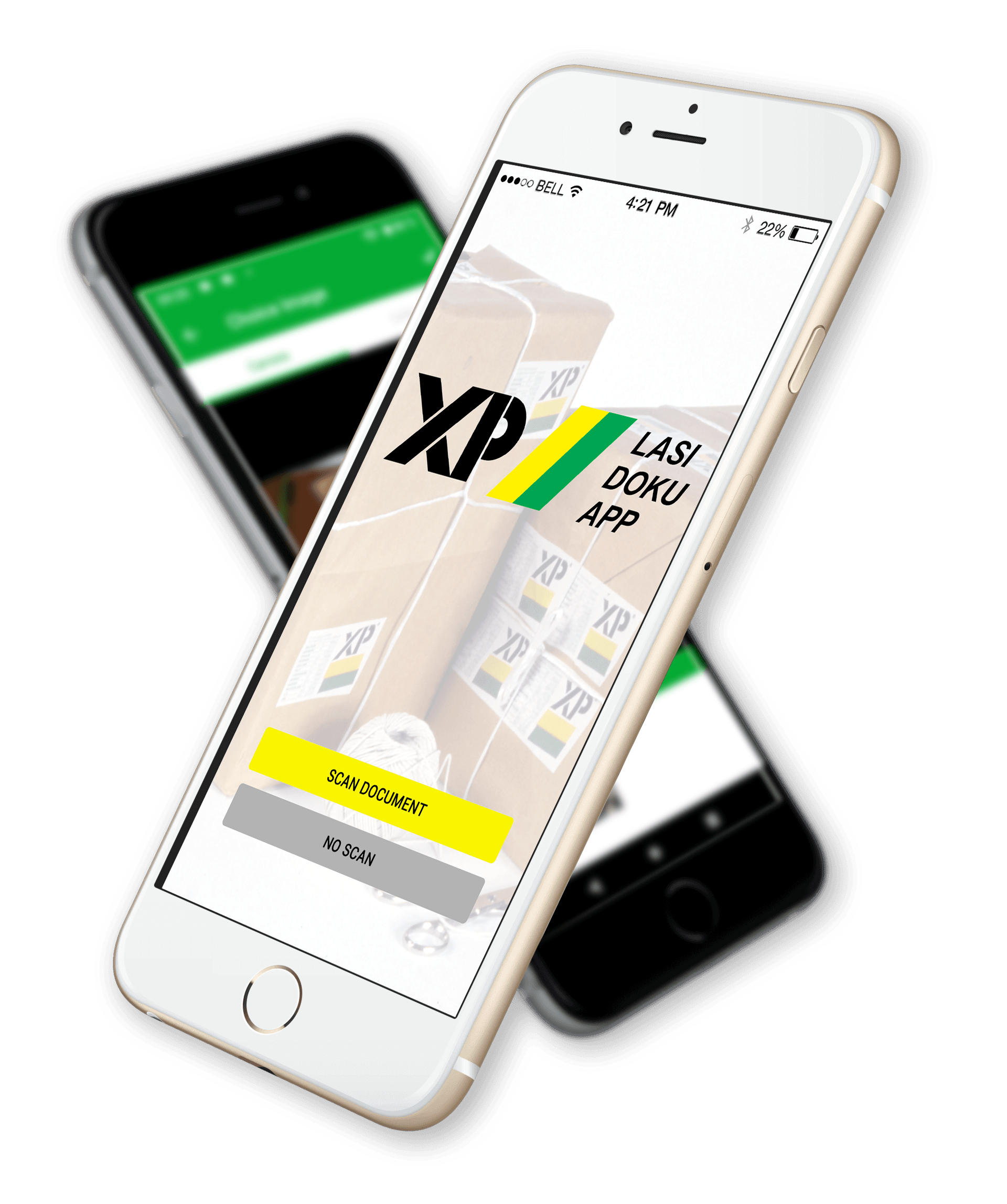Purpose of load securing documentation:
Compliance with legal regulations: The documentation serves as proof that the load has been secured in accordance with applicable regulations, such as the German Road Traffic Act (StVO). Simply digitally on your smartphone with the XP Lasi app.
Evidence of Duty of Care: In the event of an accident or incident, proper documentation demonstrates that the necessary precautions were taken to secure loads, which can reduce the shipper or carrier's liability.
Evidence of Duty of Care: In the event of an accident or incident, proper documentation demonstrates that the necessary precautions were taken to secure loads, which can reduce the shipper or carrier's liability.
Recording of backup methods: Documentation serves as a reference for future store shipments, allowing shippers to verify and replicate effective backup methods. Cloud storage facilitates training and education.
GDPR-compliant storage and deletion of Lasi documentation
Observe the principle of data minimization:
The data protection principles according to Art. 5 Para. 1 GDPR result, among other things, in the requirement that, in principle, as little personal data should be processed as briefly as possible. Therefore, the application should be designed in such a way that the principles of data minimization (Art. 5 Para. 1 Letter c GDPR) and storage limitation (Art. 5 Para. 1 Letter e GDPR) can be met.
How long can personal data be stored? The GDPR does not specify a fixed period of time for storage. Instead, the duration must be assessed based on the intended use and legal requirements. The personal data may only be retained for as long as it is needed for the original purpose. For you as a shipper, this means: The truck documentation must be destroyed no later than 6 months after loading.
What is much more important, however, is the regulation that the data must be automatically deleted. An archive system for documents that do not require retention violates both the principles of the General Data Protection Regulation, Article 5, and the requirement of data protection through technological design, Article 25 of the GDPR. And by the way, the archive system also means file folders! “Privacy by Design” is to be mentioned here and this requirement is exactly the opposite of what your company IT has to fulfill, namely keeping data available for as long as possible. That's why it makes sense to carry out tasks that are not relevant to the company using external software.
With the XP Work app you can turn any paper checklist into a digital checklist. You can create documentation with photos without using a single sheet of paper.
You don't need to do any programming for the XP app. We do not need access to your company IT. The XP Work App system is standalone software that you can start using right away.
Elements of the digital XP load securing documentation
General information:
Date and time of backup
Vehicle data (license plate, type)
Loading and unloading points
Name of the sender and recipient
Load information:
Description of the cargo (type, weight, dimensions)
Packaging and palletizing details
Any special handling instructions
Backup methods:
Type of securing devices used (lashing straps, tension straps, wedges)
Placement and tension of the securing devices
Diagrams or sketches to illustrate backup methods
Responsible person:
Signature of the person responsible for securing the load
Signature of the driver confirming receipt of the secured load
Additional notes:
Any relevant observations or comments about the backup process
Weather conditions at the time of backup
Advantages of proper load securing documentation
Reduced risk of accidents: Proper documentation helps ensure cargo is secured, minimizing the risk of spills, shifting or falling during transport.
Increased safety for road users: Secured loads prevent hazards such as objects falling onto the road, which poses a risk to other vehicles and pedestrians.
Reduced liability for shippers and carriers: Documentation demonstrates due diligence and can reduce liability in the event of incidents.
Improved Image and Professionalism: Maintaining proper documentation demonstrates commitment to safety and professionalism and enhances the image of shippers and carriers.
Conclusion:
Load securing documentation is an essential part of safe and responsible store transport. By carefully documenting security methods, shippers and carriers can demonstrate compliance, reduce risk, and contribute to a safer transportation environment.




